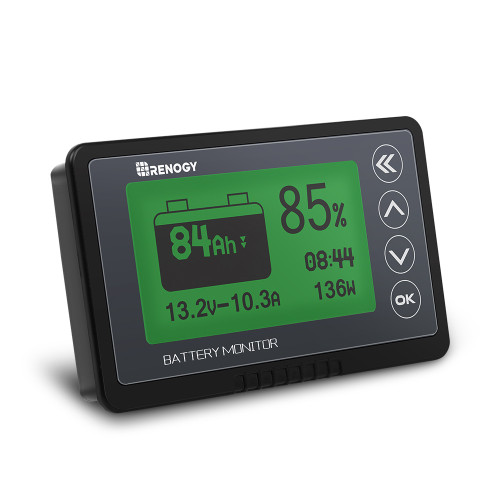eriemountain
New Member
- Joined
- Mar 26, 2022
- Messages
- 23
If I have 4 @ 12v 100ah lithium ion batteries in string parallel using 4/0 wire, connected to a 3000w inverter, what size of fuse do I want on each positive battery terminal. I am assuming a 250amp breaker between the batteries and the inverter, and a 100amp fuse or breaker between the 100amp charge controller and batteries. Do I base the battery fuses off of the total max load and then round up to 300amp?
Terminal fuse mount: https://www.amazon.ca/gp/product/B075ZJ3MRV/ref=ox_sc_act_title_1?smid=ASXGDD5ZMZ6AU&th=1
Fuse: https://www.amazon.ca/gp/product/B001AFZL9O/ref=ox_sc_act_title_2?smid=A1YLF9PNL58K12&th=1
Terminal fuse mount: https://www.amazon.ca/gp/product/B075ZJ3MRV/ref=ox_sc_act_title_1?smid=ASXGDD5ZMZ6AU&th=1
Fuse: https://www.amazon.ca/gp/product/B001AFZL9O/ref=ox_sc_act_title_2?smid=A1YLF9PNL58K12&th=1





